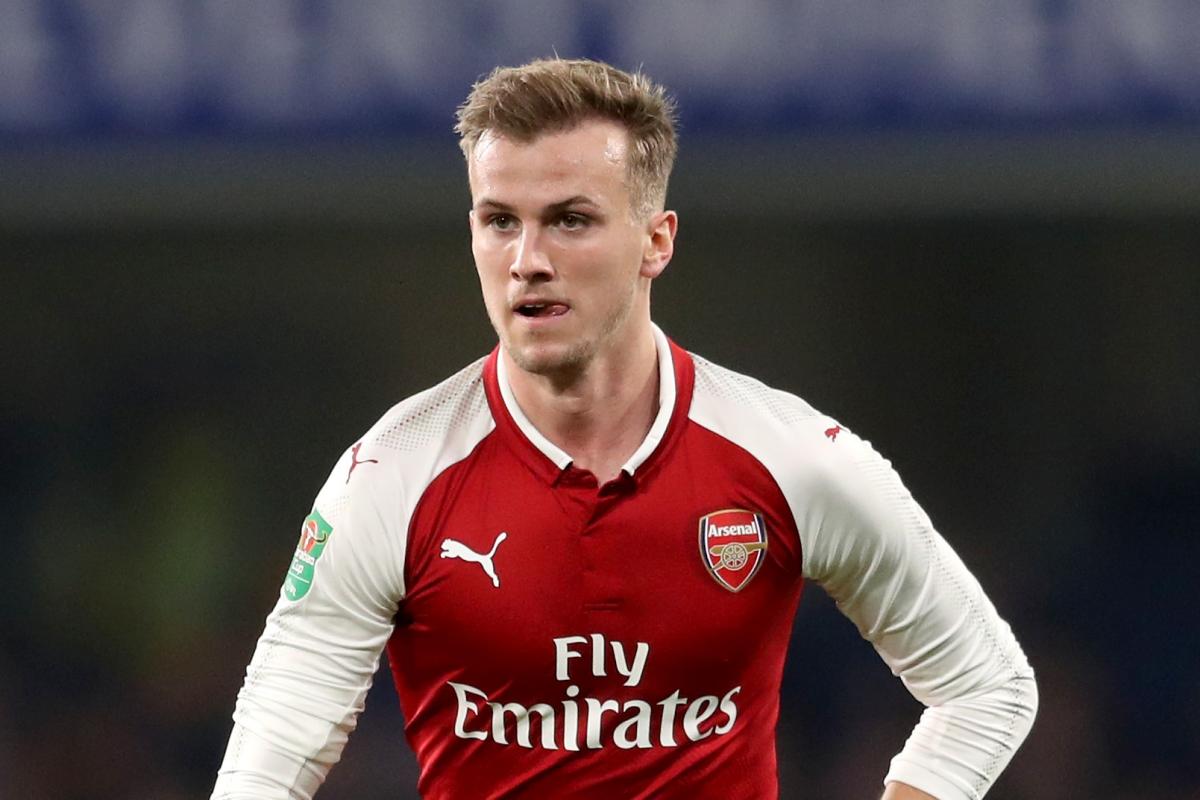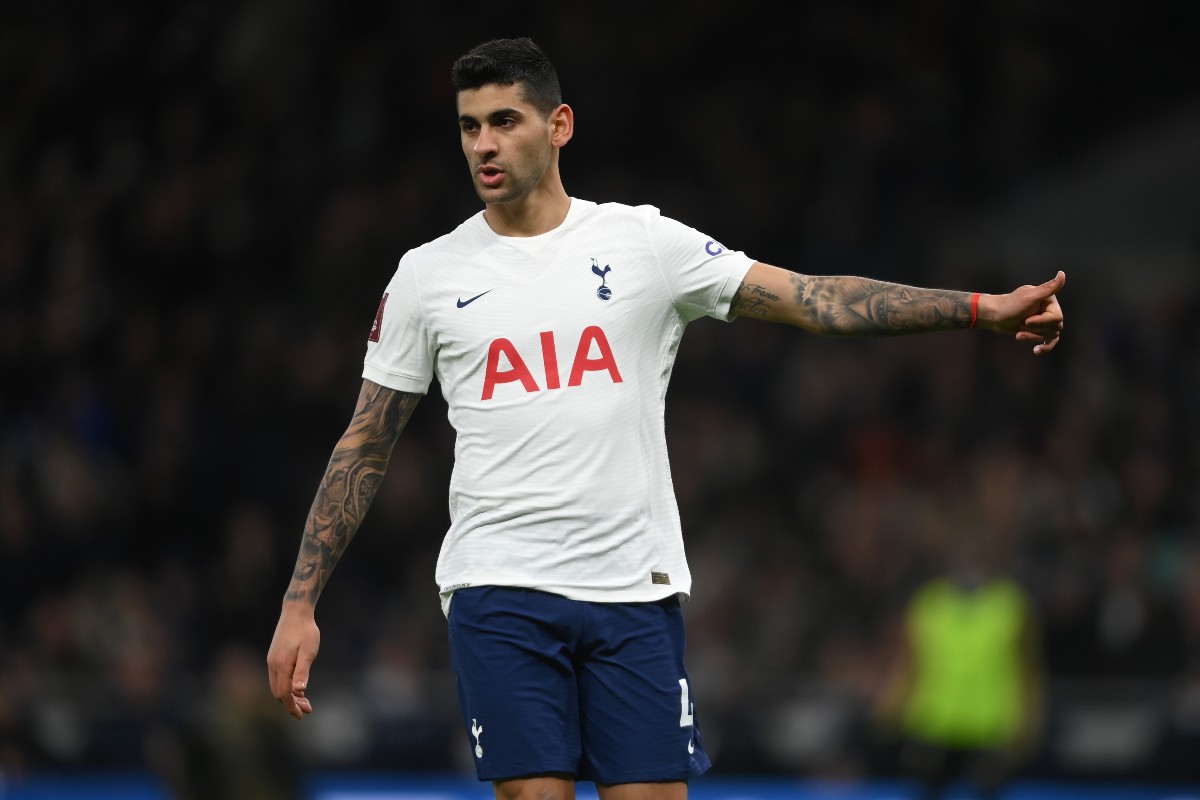Ahead of the 2021-22 campaign, FiveThirtyEight – the probability forecasting site – predicted that Manchester United were the most likely to finish 4th. Everybody was surprised, as Tottenham, under Conte’s leadership, came out on top. In the previous section we looked in depth at which players stood out from their team in terms of attacking play, and in this article we will try to assess the defences using various objective statistical indicators.
Goals conceded, xGA, PSxG
If you want to judge the quality of these clubs’ defences purely on the basis of goals conceded, you could easily be misled by the numbers. According to this, Tottenham’s defence was the hardest to break down, with the Lilywhites conceding 40 times in the 2021/22 Premier League season. This is much less than Arsenal’s 48 and Manchester United’s 57. The latter is a historic low for the Red Devils, as their backline hasn’t proved to be so easily penetrable in the Premier League era. This is only one number though, which doesn’t tell the full story, so it would not be appropriate to assess rank them solely on this basis. The xGA (expected goals allowed), which takes into account the quality of the chances created by the opponents, is much more informative and has a somewhat more complex meaning. From this, we can conclude that there was very little difference between the two London rivals, with Spurs allowing an xGA of 47.46 and the Gunners of 47.64. Brighton (47.41) produced a very similar figure, while Liverpool (35.02), Chelsea (34.40) and Manchester City (28.63) were on a different level.
United (57.76) are 11th in this ranking, and let’s face it, it doesn’t look good that Everton (57.48), Brentford (52.41), Aston Villa (52.02) and Crystal Palace (48.04) are also ahead of them. The fact that Hugo Lloris’ side conceded fewer goals than would have been expected based on the quality of chances is largely due to the lack of opponents’ sharpness in front of goal. While xG tries to quantify the quality of chances, post-shot expected goals (PSxG) only deals with attempts that actually hit the goal. So this indicator is commonly used to measure the quality of shots. Against MU, the opponents produced a PSxG of 62.65, while Arsenal’s 47.02 was barely off the xGA. However, against Tottenham they were very wasteful, with a PSxG of only 41.97, which is approximately 5.5 less than the expected number of goals conceded.
Shots and goalkeepers’ performances
After an in-depth review of the quality of the situations created by the opponents, let’s focus on how many shots these teams allowed to their oppositions. Aaron Ramsdale’s goal was tested the fewest times (402 in total), but only 146 were on-target, a rate of 36.1%. Against Spurs and United, 449 and 480 attempts were made, respectively, but only 135 and 180 were on target (30.1% vs 37.5%). The average xG per shot against metric indicates that the best quality of chances were created against the Red Devils (0.120), although the Blues (0.119) conceded very similar quality of shots. Conte’s extremely aggressive and organised team-level defending has worked nicely, because the xG/shot of 0.106 is a league-best indicator, with only Brighton (0.107) coming close.
It is definitely worth sparing a few thoughts for the performance of goalkeepers. David De Gea (3,703) spent the most minutes on the pitch in the 2021-22 campaign, but Lloris (3,698) and Ramsdale (3,318) also got plenty of opportunities to prove themselves. The Spanish keeper had to face the most shots on target (4.57/90 minutes), the French one the fewest (3.43) and the English keeper was tested an average of 3.61 times per match. When assessing the performance of goalkeepers we need to look at their save efficiency rates, i.e. the percentage of shots on target that were saved. In this respect, the Lloris (71.63%) has the best rate, followed by Ramsdale (70.68%) and De Gea (69.68%). In the PSxG +/- index, which takes into account the quality of shots on target, MU’s goalkeeper (+6.13) is the outstanding performer, Lloris (+1.97) has saved his team from 2 goals and Ramsdale (+0.27) is pretty much on a par. It is almost a necessary requirement for modern goalkeepers to be confident with their feet. They are expected to support ball-progression as much as possible and to provide an extra option for their teammates. Lloris (90%) is the ace in terms of pass accuracy , followed by the Spanish (86%), with the young Englishman being the least accurate of the three (84%).
Other important team- and player level metrics
Neither team’s game is characterised by being forced to play so many defensive duels. Tottenham average 63.84 per 90 minutes,
MU 60.39 and the Gunners only 55.18, which is the 2nd lowest in the league after Manchester City (49.32). There is hardly
any difference in defensive duels win rate between the two London clubs (Spurs: 59.9%; Arsenal: 59.8%), but the Red Devils’
58.1% is so poor that only Aston Villa (58%) and Burnley (57.3%) have a lower rate. If we look the top three players at each
club (for players with minimum 900 minutes), Davinson Sánchez (71.22%), Cristian Romero (68.84%) and Emerson Royal (65, 52%)
are the best at the Lilywhites, while Arteta’s Rob Holding (78.57%), Gabriel (69.14%) and Ben White (68.11%) are the strongest,
and Harry Maguire (71.33%), Raphaël Varane (66.09%) and Alex Telles (63.7%) are the best at United.

Neither of the three clubs really pushes for high-volume aerial duels. The Gunners average 32.61 per 90 minutes, the 12th most, but Spurs (30.87) and Manchester United (29.68) are even less likely to engage in such situations. However, there is a huge difference in the percentage of aerial duels efficiency, because Arteta’s team finished bottom of the table with 41.32%, while the English record champions are 2nd with 52.93% and Spurs 3rd with 51.49%. Although Gabriel (190 cm) is a lot taller than White (182 cm), the English defender is the more effective in the air (57.39% vs 53.13%). At United, both centre-backs are strong in this aspect of the game (Varane: 69.77%; Maguire: 67.5%), while at Tottenham Ben Davies (60.16%), Eric Dier (59.35%) and Romero (58.43%) top the rankings.
As we have seen with City and Liverpool, these teams also do not have the highest number of interceptions, as they control/dominate the majority of their matches. Arsenal have made 39.97 interceptions per 90 minutes in the 2021-22 campaign, with Takehiro Tomiyasu (5.85) and Rob Holding (5.69) averaging the most. The Red Devils operated with 41.18 and the Lilywhites with 41.89, while Nemanja Matić (5.49), Fred (5.39) and Scott McTominay (5.16) are the leaders at MU, and Romero (5.32), and Pierre Højbjerg (5.12) contributed the most at Spurs.
One of the best ways to prevent attacks is to recover the ball, especially on the opponent’s half. MU (75.92) have the most recoveries as a team, but the Gunners (74.34) are not far behind, with Spurs’ 71.08 being the 3rd lowest in the league. Of those with at least 900 minutes, Holding (10.78), Maguire (10.97), Victor Lindelöf (10.67), Varane (10.32) Romero (11.99) and Sánchez (10.74) are the kings. Conte’s team was by far the most passive in recoveries in the opponent’s territory (21.95), with MU (24.74) and Arsenal (27.21) being in the middle of the pack. From there, Granit Xhaka (4.08), Albert Sambi Lokonga (3.76) and Thomas Partey (3.46) were the most useful, while the trio of Fred (4.31), McTominay (3.61) and Luke Shaw (2.66) were the best for the 20-time champions, and Oliver Skipp (3.4) and Rodrigo Bentancur (2.89) led the way for Spurs, along with the Danish midfielder (3.84).

City (86.87) were followed by Arsenal (95.21) and Tottenham (97.53) with the fewest ball losses per match, while United (101.37) were the most wasteful in this aspect. When Arteta’s team lost the ball, 33.5% of them happened in their own half, compared with 38.5% for Manchester United and 42.3% for Spurs. Spurs had the most clearances (19.37) and shots blocked (4.16), but they also had the highest number of dribbles against won (11.37).
Summary
In the analysis, we found that Tottenham can be proud not only of the fact that they conceded the fewest goals (40) compared to their rivals, but also that the average quality of their opponents’ attempts was by far the lowest (xG/shot of 0.106). We can say they were lucky, because their opponents were particularly wasteful with an xGA of 47.46, but it would be a shame to deny the merits of Lloris, who saved his team from conceding 2 more goals in the PL. Manchester United fans will take little consolation from the fact that the Maguire-Varane centre-back pairing proved the most effective in terms of aerial duels win rate, with 57 goals conceded an absolute low, as the Red Devils have never conceded so many in the history of the Premier League. One thing is for sure, De Gea can hardly be blamed for that, as the Spaniard again was in inspired form through the campaign, perfectly represented by his +6.13 PSxG. Arsenal fans may be disappointed that they fell 2 points short of 4th place, but overall there is an improving trend year on year at the club, as this was Arteta’s best season in terms of points collected with 69. There is still room for improvement in defence, of course, but with virtually all of their defenders are young, the Gunners’ fans optimism is understandable.
(Cover photo’s background: Wikipedia)



